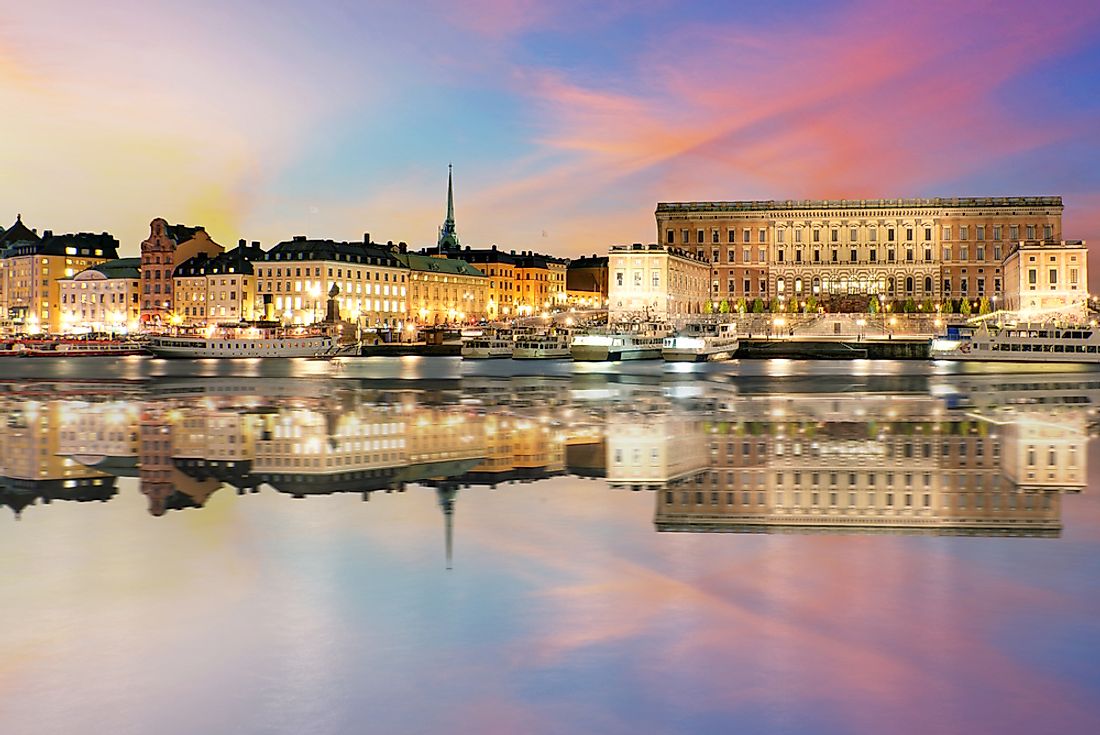When Did Sweden Become a Country?

Sweden is a Scandinavian country situated in the north of Europe. It is officially entitled the Kingdom of Sweden and has a population of approximately 9,957,156 people as per the 2018 Worldometers population statistic. The country is ranked as the third largest country by area amongst the European Union states. Sweden borders two other Scandinavian countries sharing its western border with Norway and the eastern border with Finland. The capital city of Sweden is Stockholm. It is not only the largest but also the most populated city in the country. A majority of the population reside in cities and urban centers. The head of state for the Swedish Kingdom is a monarch and a government that has the supreme power to implement laws as per the constitution. After every four years, the people elect a 349 member committee that is entitled the Riksdag. This committee appoints the Prime Minister who acts as the executive head of the government.
Brief History
Sweden was initially part of a three-state union known as the Kalmar Union. The union was founded in 1397 and comprised of three countries: Denmark, Sweden, and Norway, all under one monarch. Queen Margareta was the Danish queen who initiated the uniting of the crowns in 1389, the provinces of Sweden were united but the crowns did not have much significance before this time. The union faced civil war in the 15th century resulting in what was declared the Stockholm Bloodbath in 1520. An act by the Danish union to execute 80 Swedish nobles incited a rebellion in 1521 that led to the unseating of the leader, King Kristan II, and also to the rise of an elected King of Sweden called King Gustav Vasa in 1523.
There was however continued rivalry and wars with the Swedish aiming to take control of the Baltic Sea. Sweden defeated Denmark in the wars of 1643 and 1657, giving them control over the provinces of Denmark, as well as Finland and provinces in northern Germany. They were declared a short-lived superpower in northern Europe until the Great Northern War between 1700 and 1721, where Sweden lost against a combined force of Denmark, Russia, and Poland. Sweden was reduced to present day Sweden and Finland when it lost most of the provinces which were on the southern side towards the Baltic Sea. Sweden was further forced to surrender Finland to Russia during the Napoleonic Wars. They managed to compensate the loss by forcing Norway into a union under the leadership of Jean Baptiste Bernadotte. The union faced numerous internal conflict and later resolved peacefully giving rise to the present day Sweden.
When Did Sweden Become A Country?
The Swedish recognize and celebrate 6th June 1523 as the day when Sweden became a country. This is significant because the crowning of King Gustav Vasa was the basis of Sweden attaining an independent state and later adopting a universally accepted constitution in 1809. The national holiday was declared at the Stockholm Olympic Stadium in 1916 and has been passed on as a day of both historical and cultural significance, to honor King Gustav Vasa’s election in 1523.











